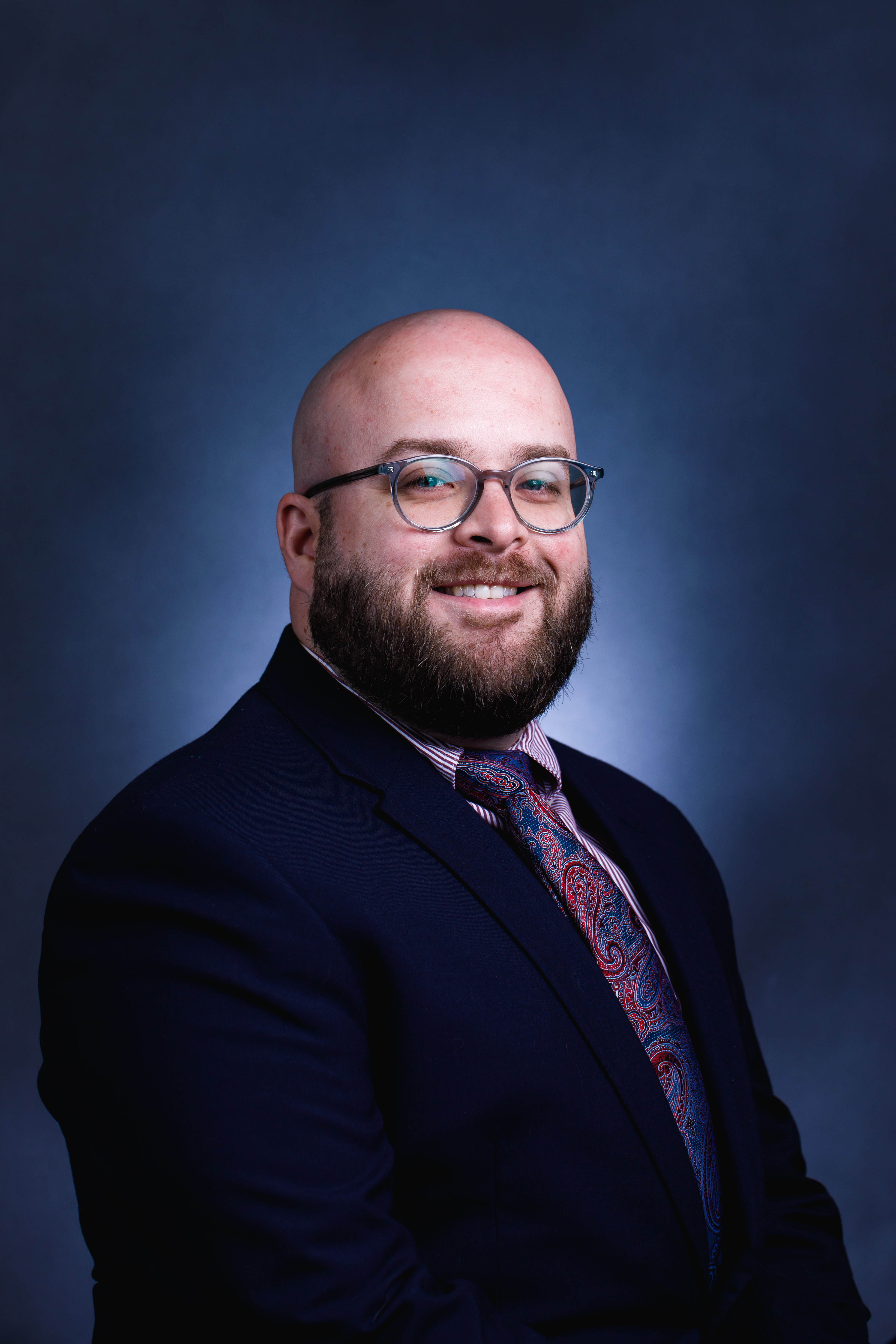
Event Information

Content and Engagement – the experience will be divided into rough thirds, representing the three sections of the video production process. 10 minutes will be devoted to teaching, with 10 minutes devoted to practicing the skills in each section. I will go around and help anyone who has questions. The goal is for people to get more comfortable with the ideas and using their available resources.
-First section, Inquiry and Pre-Production
-Hands-on practice with developing a topic, idea, and researching resources.
- Second section, Production
- Overview of cameras, composition, and some basic shot styles. Each attendee will be required to get an example of each shot that they can put in their video.
-Hands-on practice with cell phones as the recording device.
-Third Section, post-production
-Overview of editing styles, grammar of editing, and tools.
-Practice of using and putting video and audio together and making it make sense together.
Time – total 60 minutes, divided into three sections of 20 minutes.
Process – I plan on making it an active back-and-forth, with a little time introducing the concepts, showing the attendees how to do each step, and then directly giving time and guidance to those practicing. They will be using their devices to record and edit. They can work with peers to film some of their videos. The goal is to have a short video by the end of the session.
Anderson K. and Lucas, M. (2016). Documentary voice and vision. Taylor and Francis. ISBN: 9781317636120.
Bernard, S. C. (2022). Documentary storytelling (5th ed.). Taylor and Francis. ISBN: 9781032267319.
Bowen, C. J. (2018). Grammar of the edit (4th ed.). Taylor and Francis. ISBN: 9781351803540.
Lee, E., & Hannafin, M. J. (2016). A design framework for enhancing engagement in student-centered learning: own it, learn it, and share it. Educational Technology Research and Development, 64(4), 707-734. https://doi.org/10.1007/s11423-015-9422-5
Martens, H., & Hobbs, R. (2015). How media literacy supports civic engagement in a digital age. Atlantic Journal of Communication, 23(2), 120-137. https://doi.org/10.1080/15456870.2014.961636
McGahan, W., Ernst, H., & Dyson, L. E. (2016). Individual learning strategies and choice in student-generated multimedia. International Journal of Mobile and Blended Learning, 8(3), 1-18. https://doi.org/10.4018/IJMBL.2016070101
Miller, S. M. (2013). A research metasynthesis on digital video composing in classrooms: An evidence-based framework toward a pedagogy for embodied learning. Journal of Literacy Research, 45(4), 386-430. https://doi.org/10.1177/1086296X13504867
Palmgren-Neuvonen, L., & Korkeamäki, R. L. (2015). Teacher as an orchestrator of collaborative planning in learner-generated video production. Learning, Culture and Social Interaction, 7, 1-11. https://doi.org/10.1016/j.lcsi.2015.09.002
Rainville, K. N., & Gordh, B. (2016). Toward a narrative classroom: Storytelling, media, and literacy. YC Young Children, 71(4), 76-81.
Smythe, S., Toohey, K., & Dagenais, D. (2016). Video making, production pedagogies, and educational policy. Educational Policy, 30(5), 740-770. https://doi.org/10.1177/0895904814550078
Snelson, C. (2018). Video production in content-area pedagogy: a scoping study of the research literature. Learning, Media and Technology, 43(3), 294-306. https://doi.org/10.1080/17439884.2018.1504788
Tiernan, P., & Farren, M. (2017). Digital literacy and online video: Undergraduate students’ use of online video for coursework. Education and Information Technologies, 22(6), 3167-3185. https://doi.org/10.1007/s10639-017-9575-4
Tomaric, J. (2013). Filmmaking. Taylor and Francis.
Walton, G., Childs, M., & Jugo, G. (2019). The creation of digital artefacts as a mechanism to engage students in studying literature. British Journal of Educational Technology, 50(3), 1060-1086. https://doi.org/10.1111/bjet.12785
Weilenmann, A., Säljö, R., & Engström, A. (2014). Mobile video literacy: Negotiating the use of a new visual technology. Personal and Ubiquitous Computing, 18(3), 737-752. https://doi.org/10.1007/s00779-013-0703-x

Canva will be an option for editing.
CapCut is another option for editing.
| Related exhibitors: | Adobe |